Photographer Rohit Chawla with Banned
On February 7, 1497, friar Giralamo Savanarola raised a blaze in Florence, Italy. His supporters, called the Weepers, collected and burned thousands of objects deemed immoral, including books, cosmetics, playing cards, musical instruments, and artworks. Ironically, three months later, the people asked him to prove his piety by walking on fire; he refused. He was charged with heresy and sedition by the very Pope that he had called corrupt. Savanarola was hung and his body burnt in the same square where the bonfire of vanities had been held.
“Ever since the written word has existed, so has censorship. Some of the most recognisable classics, including the Bible and works by Shakespeare, were once considered controversial and were banned,” says Alka Pande, curator of The Art of India exhibition, where Rohit Chawla debuted Banned. The Goa-based photographer’s installation reimagines the covers of 30 books that have been or are currently banned in various countries around the world, including the Satanic Verses, To Kill a Mockingbird, and Alice in Wonderland.
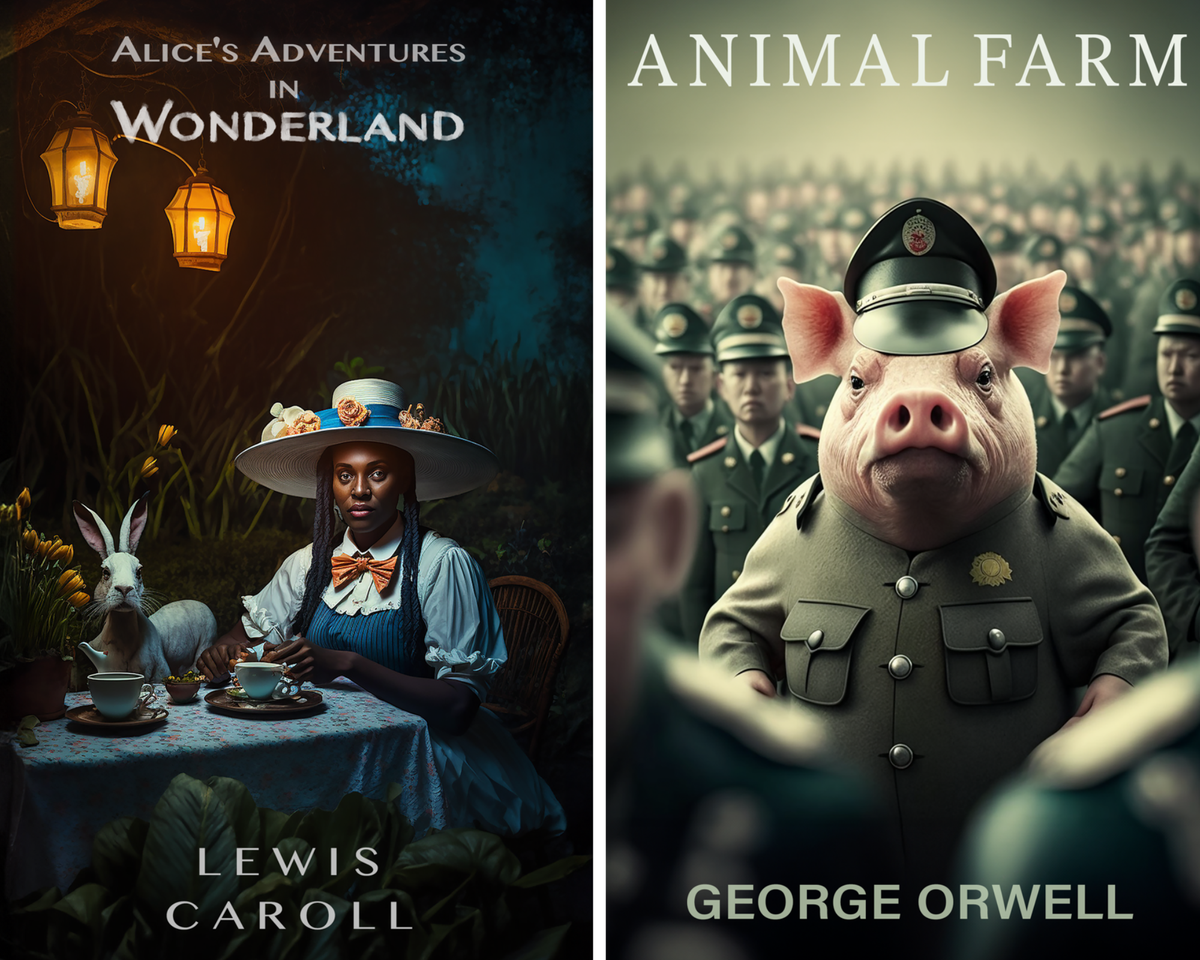
“We live in a time of self-censorship where most creative people are mindful of what they say in a public forum,” says Chawla. “So, I’ve taken some of the greatest literary works and highlighted how they were censored and forbidden. It’s an oblique way of focusing attention on the prevailing ban and cancel culture.”
Behind the tape
The exhibition is presented like a crime scene, with the 30 items placed on a black shelf wrapped in yellow tape stamped with the word Banned. Each ‘books’ is made of wood and mixed media — from Chawla’s archival images to woodcuts and illustrations — and includes a short write-up on its theme and its publishing and censorship history. Chawla’s insight and eye for detail is reflected in the covers: be it the teenage Indian girl carrying a heart-shaped balloon on a beach in Goa for Lolita, the huge blue eye overpowering the cover for 1984, the young girl of colour posing as Alice, or the Gauguin-like cover for Tropic of Cancer.
Holding the world accountable
Chawla has always been fascinated by covers. “I’ve done about 400 — of mostly mainline news magazines and glossies. So, the idea of reimagining some of these book covers seemed like an interesting thing,” says the visual artist whose campaign, Untangling the Politics of Hair — about Mahsa Amini’s custodial death in Iran — won the first Industry Craft Gold Lion for India (and integrated marketing communications company FCB) at last year’s Cannes Lions.
“I liked Banned because it’s so pertinent for the times we live in. Most of these books went on to become classics; they are still inspiring students and thinkers all over the world. So, the next time we are in a hurry to cancel a movie or a book or a human, we need to know that our gaze and our verdict is ours alone and not for the world.”Swati BhattacharyaGroup VP – Marketing Communications, Raintree Foundation
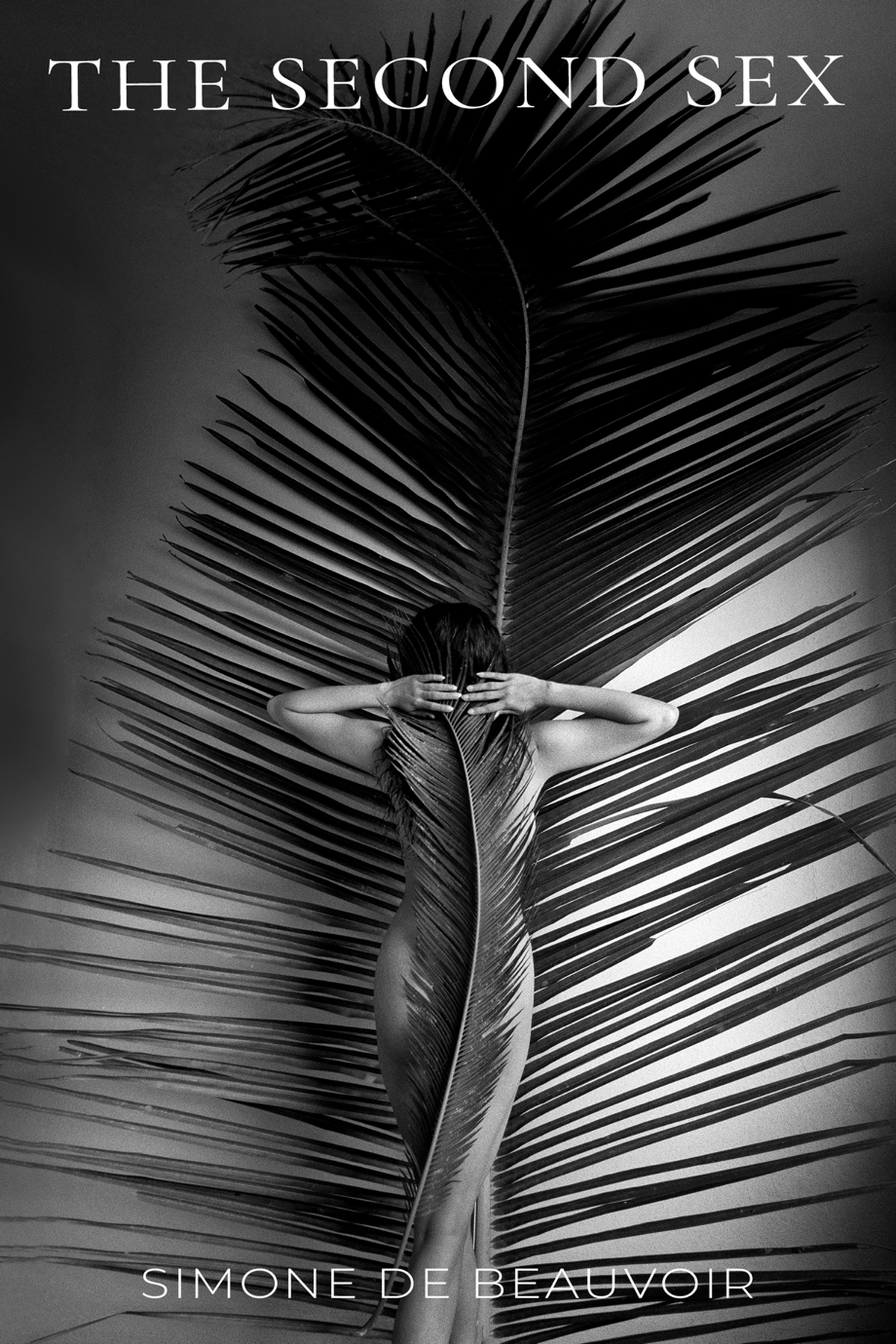
It’s interesting to see what books were prohibited in which countries. Persepolis, with its description of the Iranian Revolution, is banned in Iran. But it was briefly disallowed in Chicago as well, in 2013. When its proposed proscription became a high-profile story, the authorities claimed that the word “censorship” was inappropriate, as teachers could still assign the book as long as they were willing to sit through a class on how to teach such ‘sensitive material’. “They think kids are stupid,” Marjane Satrapi, the French-Iranian author, noted in an interview on the ban. “Children are not dumb.”
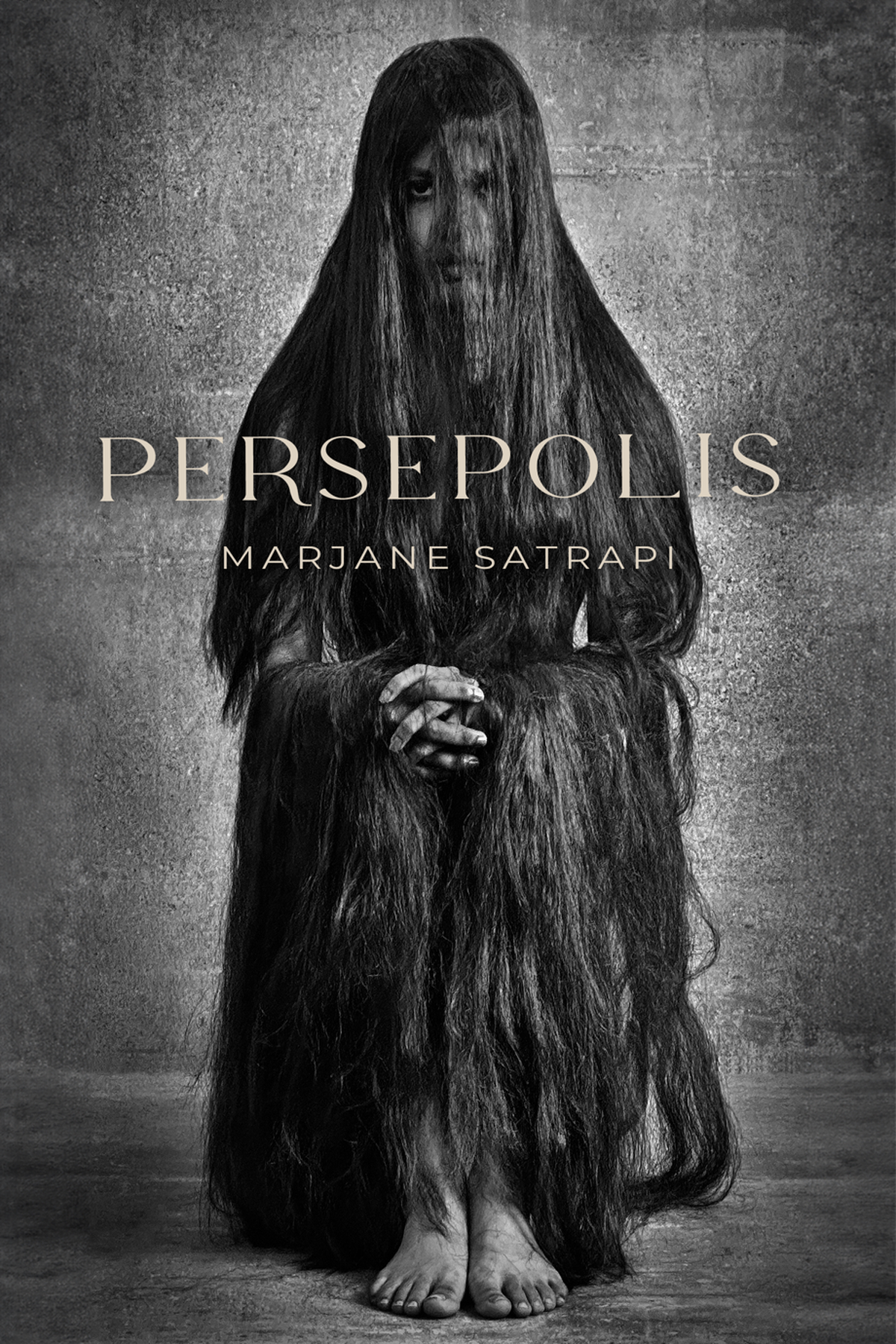
Some books on Chawla’s list offer curiosity value, like D.H. Lawrence’s Lady Chatterley’s Lover. “But the idea that children will not read To Kill A Mockingbird [Harper Lee] and Catcher In The Rye [J.D. Salinger] feels personal because they are books that have given me the courage to stand up for my ideals — something I would wish for every child,” he says.
The only book banned in India that Chawla has reimagined is Salman Rushdie’s Satanic Verses. “I particularly like my take on that cover because Salman Rushdie is perhaps the most vilified author of my generation and, in a way, has become a poster boy of banned books,” he says. “I took a portrait of Rushdie, which I had shot some years ago, and put an eye patch on it with his name. It reminds us of the price he paid for his literary freedom.”
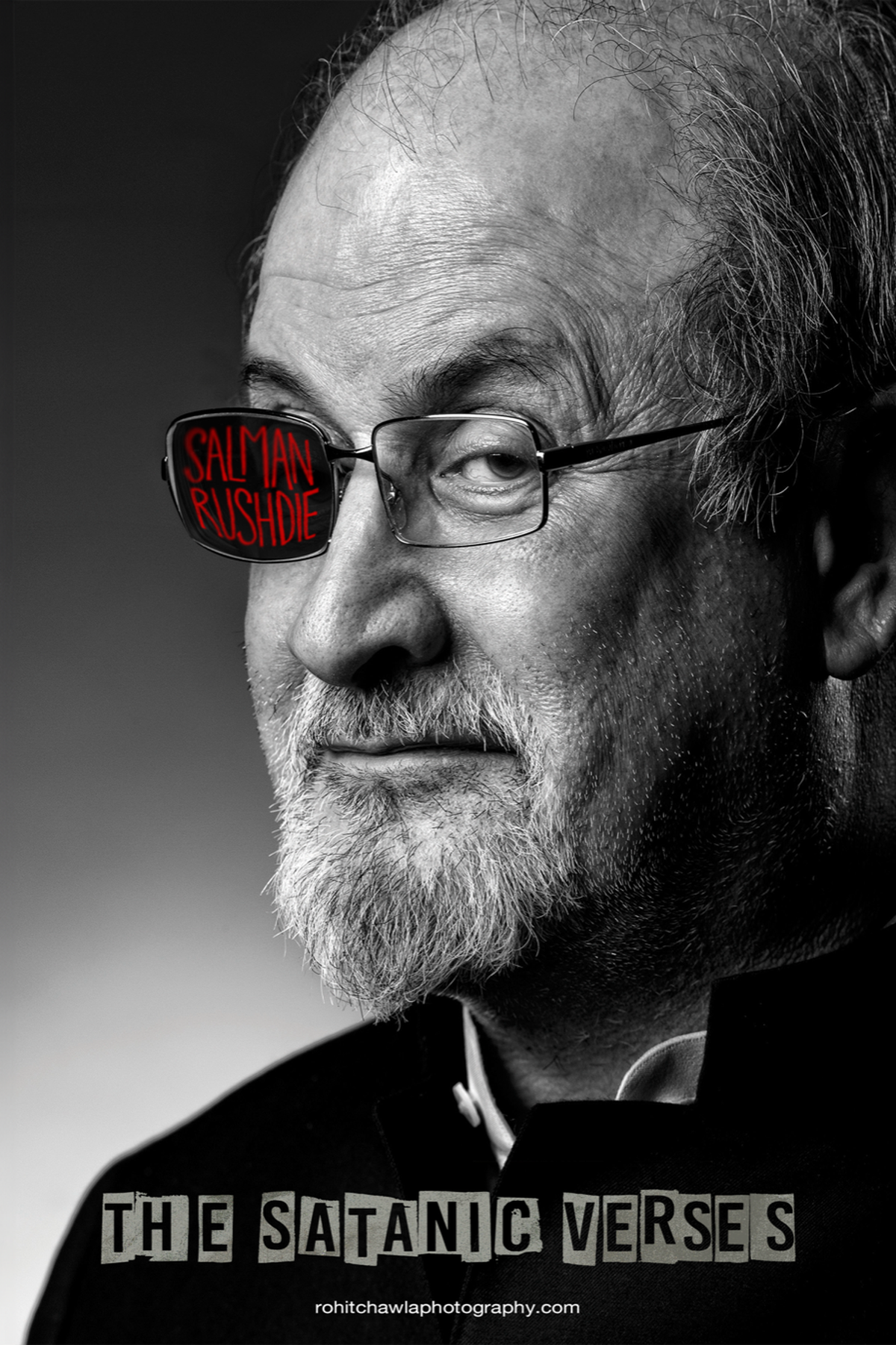
Why the ban?
The reasons behind some of the books being banned seem strange now. Alice in Wonderland by Lewis Carroll was forbidden in China’s Hunan province as far back as 1931 because the censor general believed the attribution of animals acting with the same complexity as humans was an insult. The Second Sex by Simone de Beauvoir was part of the Catholic church’s Vatican-based leadership’s list of prohibited books, known as Index Librorum Prohibitorum, because of its attack on traditional marriage roles. The book remained banned until the policy of prohibition itself was abolished in 1966. Animal Farm and 1984 by George Orwell were blocked in the Soviet Union — the former is still banned in Cuba — because they offered a satirical depiction of communism. Henry Miller’s Tropic of Cancer was banned in the U.S. till the 1960s for sexually-explicit content and vulgarity, while John Steinbeck’s The Grapes of Wrath was proscribed in California for its alleged unflattering portrayal of residents of the area.
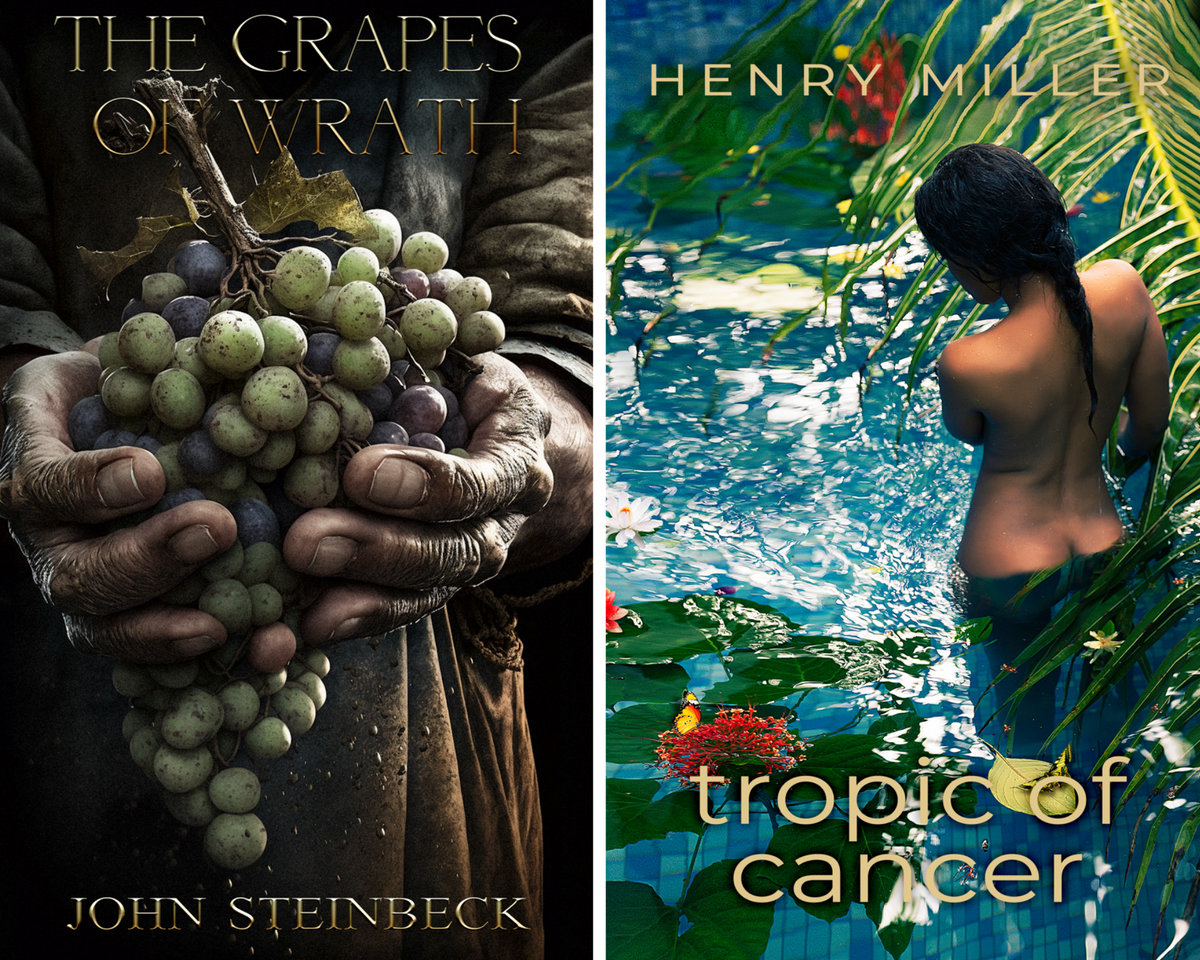
Banned is on at Stir Gallery in New Delhi till March 10.
The writer is an expert on South Asian art and culture.